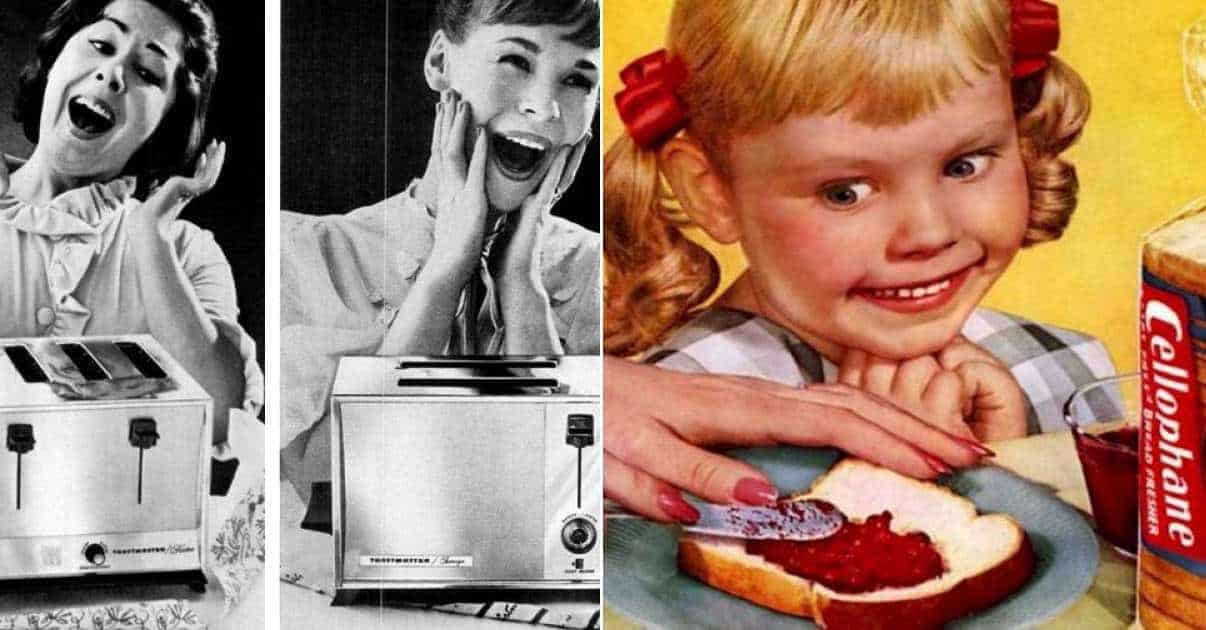We don’t eat the way our ancestors did. What we eat, where we eat it, how we eat it, even why we eat it has changed with time. Food is the nutrition necessary to sustain life, but in the United States our food often has less to do with survival than it does with pleasure. The quantity and quality of a host’s table has always been a measure of class status, it has become in many cases the defining measure. Obtaining sufficient food has never been easier. Americans are blessed with supermarkets which are daily stocked with amounts of food which would stagger our predecessors of just one or two generations. Supermarket parking lots are usually dotted with restaurants offering specialties of all kinds.
Throughout American history, innovations and changes of lifestyles have changed what and how we eat, especially since the end of the Second World War. Where once thoughts of food were centered on having enough, we now worry more about having too much. A cook once prepared a meal based on what was available that day at the local market, now the ingredients of exotic meals can be ordered and delivered to the door, pre-measured to assure perfection at the table.

We think about food all of the time, without ever really considering how it has changed us, and how we have changed how we eat. Here are ten innovations that have changed the way we eat.

